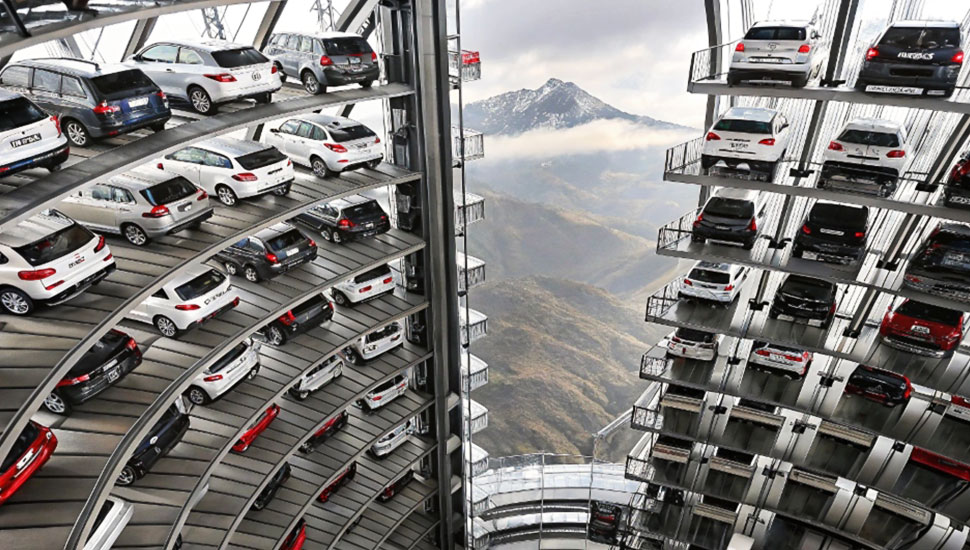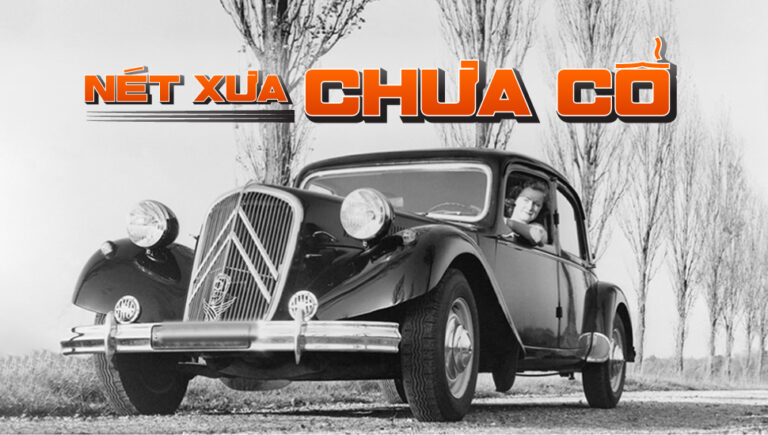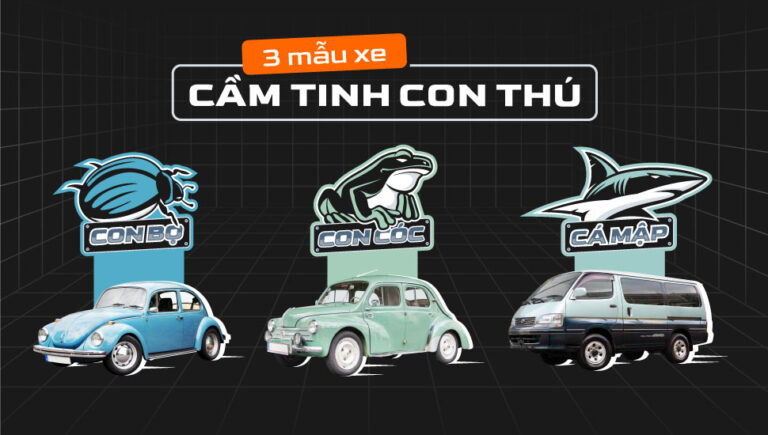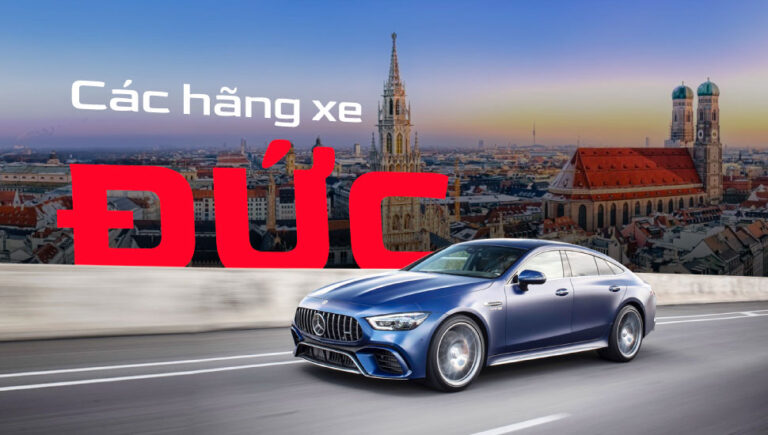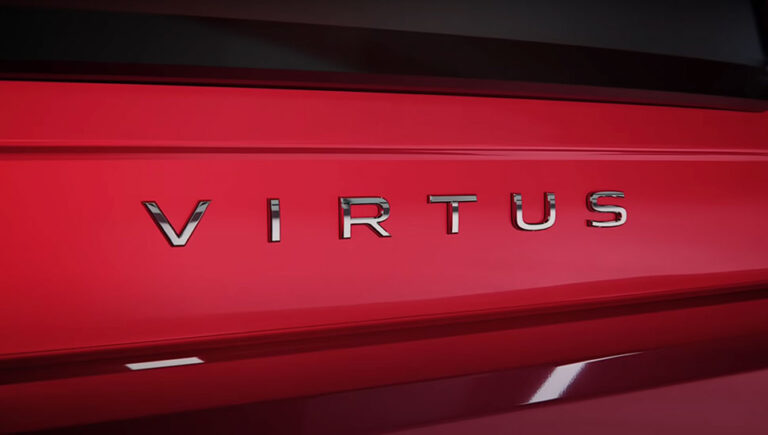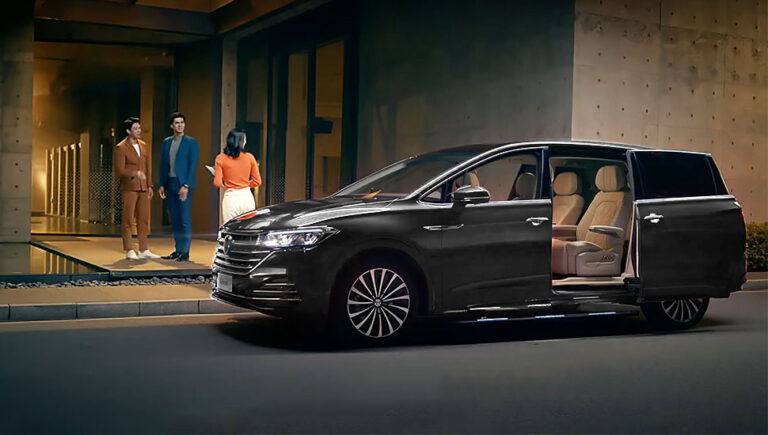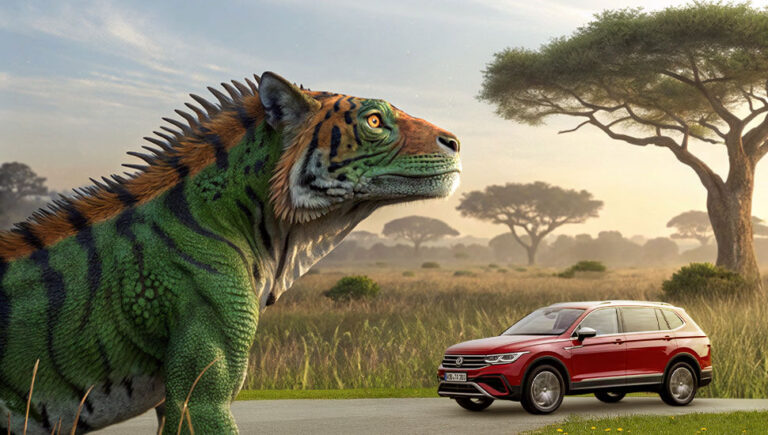MQB stands for Modularer Querbaukasten, or a modular matrix toolkit. It lays down a series of hard points for a huge range of cars and powertrains. These hard points determine the common design of the production line. They also allow systems (for example entertainment or aircon or axles) of differing sizes and complexities to be fitted, provided their mounts link with the hard points.
Volkswagen’s proprietary MQB platform, developed in 2012, has been replicated across more than 20 different models within the group. These range from gasoline-powered to electric vehicles, encompassing brands like Volkswagen, Audi (Germany), Skoda (Czech Republic), and Seat (Spain). Ulrich Hackenberg, Volkswagen’s Head of Research and Development, referred to MQB as a “strategic weapon.” He recognized that the MQB strategy not only optimizes production processes but also provides a unified foundation for the development of new models and technologies.
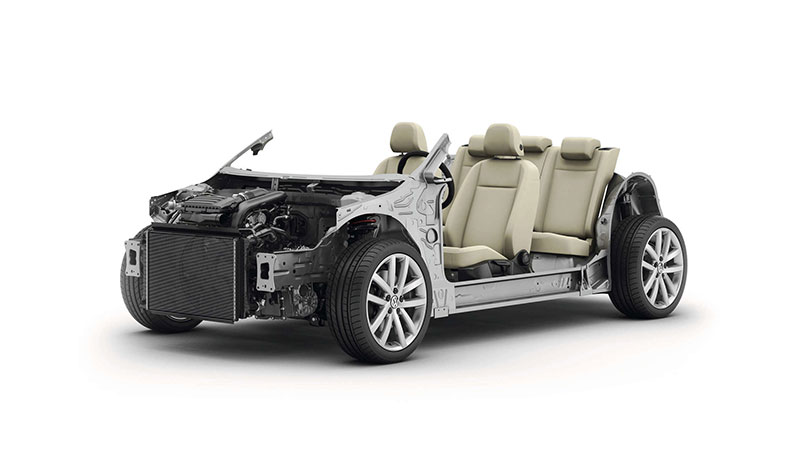
According to a Toyota Vietnam expert and advisor “Suốt Ngày Xe,” a platform can simply be understood as a framework that determines all the critical components making up a complete vehicle. Based on this framework, car manufacturers can easily modify, upgrade, or facelift existing models, as well as develop new ones for the future. Volkswagen has MQB; Toyota has TNGA; Mazda has Skyactiv. Many manufacturers can form alliances to create a shared platform, later applying it individually to several models from each brand. In the automotive industry, this alliance strategy has been in place for decades, not just recently.
Two Representative Volkswagen Models Using the MQB Platform
After a high-ranking Chinese delegation visited Volkswagen’s headquarters in Wolfsburg, Germany, in 1978, Volkswagen became one of the first European automakers to enter the billion-person Chinese market, which at the time was not yet bustling.
Thanks to its pioneering position (similar to Suzuki’s dominance in India), Volkswagen easily became the largest car manufacturer in China in terms of market share. This success began with the phenomenal triumph of Santana, which maintained the number one spot for 40 years. To dominate the market, Volkswagen built dozens of manufacturing and assembly plants and supply chains across China, with the largest located in Ningbo, Zhejiang Province. This factory, a joint venture with SAIC, is also the departure point for Volkswagen models officially distributed in Vietnam.
Entering Vietnam in 2009, Volkswagen introduced several classic German sedans like the Beetle Dune, Passat, and Polo. However, all these models exited the market shortly after, for three simple and obvious reasons:
- Japanese and Korean competitors were super strong here
- Volkswagen didn’t (or didn’t want to) invest enough in branding
- The demand for CUV, SUV seven-seater vehicles has never waned
Acknowledging this, Volkswagen gradually withdrew all its small car models (Beetle, Polo, Passat, Virtus) from its product lineup, focusing only on larger models like MPVs and SUVs.
Volkswagen Viloran: A Fortress of German Safety Standards
Rewinding to 2016, the Sharan was the first officially imported MPV from Volkswagen to Vietnam, priced at VND 1.85 billion. It appeared to rival two unofficially imported MPVs, the Honda Odyssey and Toyota Sienna. Despite its merits, the Sharan’s high price doomed it to a short market lifespan.
By late 2023, as the market matured, Volkswagen decided to bring the Viloran to Vietnam, recognizing that the German MPV segment had only the Mercedes V250 priced above VND 3 billion, which had dominated the market for a decade. Meanwhile, Toyota Alphard and Lexus LM sold at a snail’s pace, and the Kia Carnival wasn’t too daunting a competitor. In Vietnam, German vehicles are perceived as being in a league of their own, completely separate from other European brands like Peugeot or Skoda. Vietnamese buyers often debate whether to choose Japanese or Korean cars but rarely compare Kia with Audi.
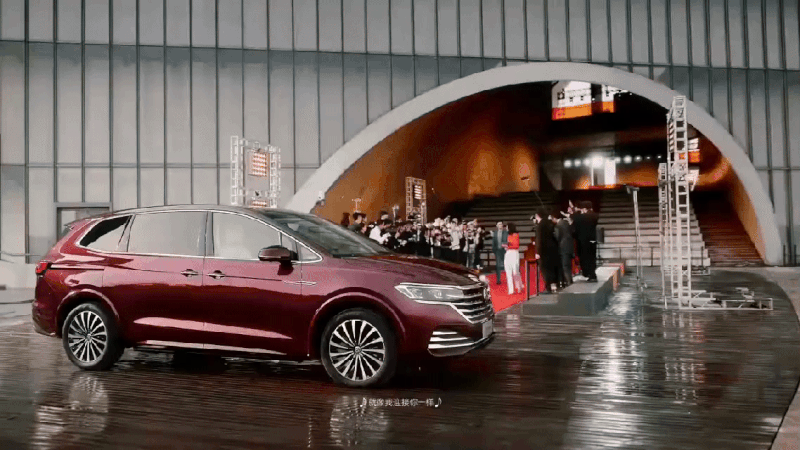
The Volkswagen Viloran occupies a middle-ground segment and appeals to four customer groups: families, artists traveling between provinces, entrepreneurs on diplomatic tours, and businesses offering premium client transportation. Passengers in the second row and beyond don’t prioritize driving experiences; they care about the brand’s reputation and safety in the event of an accident. In these two aspects, the Viloran—launched in China in 2020—has solved half the equation. Its German-engineered safety values come from a robust engine and chassis backed by Volkswagen, the world’s largest automaker.
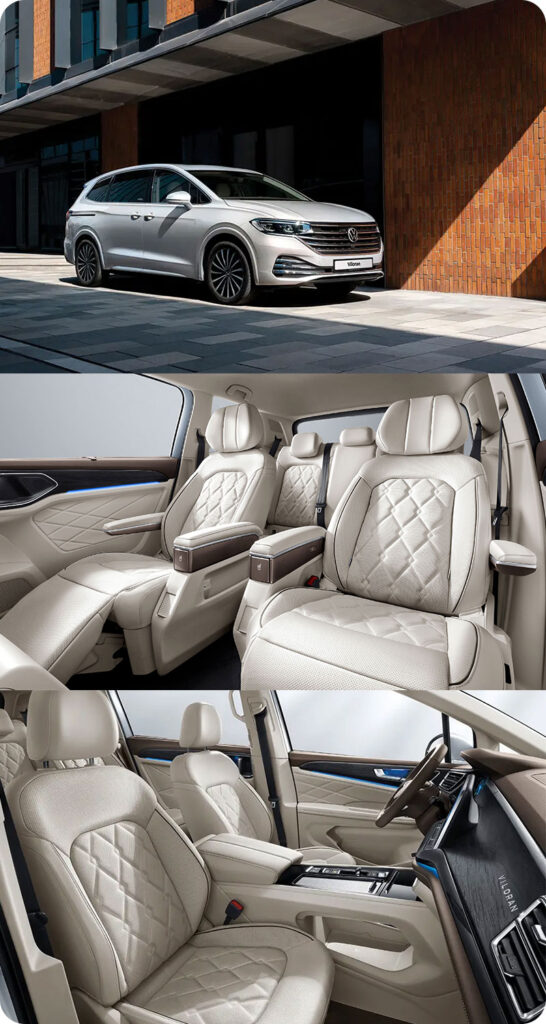
Volkswagen Tiguan: The Power of a Tiger in the Skin of a Chameleon
The name “Tiguan” (Tiger + Iguana) embodies Volkswagen’s dual-motion standard. First introduced at the Frankfurt Motor Show in September 2007, the compact SUV quickly became Volkswagen’s best-selling product in Europe. By 2009, the Tiguan was shipped to Vietnam to test the game car, competing with American heavyweights Ford Escape and Chevrolet Captiva. With its German pedigree, the Tiguan ranked just below the BMW X3 and Lexus RX350 while surpassing contemporaneous American, Japanese, and Korean models.
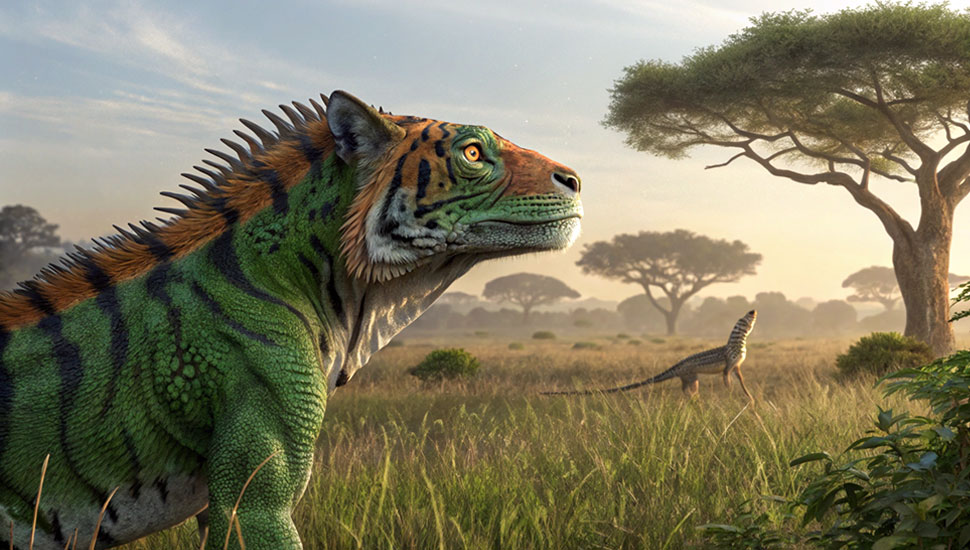
As of late 2024, over 6 million Tiguans have rolled off production lines and are confidently cruising in 80 countries. The current Tiguan in Vietnam belongs to its second generation, featuring a 2022 facelift, a 2.0L turbocharged gasoline engine, a 7-speed automatic transmission, and full-time all-wheel drive (4MOTION). The Tiguan’s ADAS technology makes it versatile enough for urban streets, mountain passes, highways, and light off-road conditions. However, there’s one mode you should never use in Vietnam: snow driving mode.
In city settings, the Tiguan glides smoothly in Eco mode, with the turbo function lying dormant. On highways, switching to Sport mode unleashes the precise and responsive German engine. Try navigating winding mountain roads, and the Tiguan’s electric steering system, suspension, and impressive torque combine to deliver a stunning performance. It offers precise throttle feedback, adaptive steering weight depending on speed, and stability on every curve. These sensations are unattainable in popular Japanese and Korean models. For the Tiguan’s price, you can buy most high-clearance seven-seater Japanese or Korean SUVs, except for the legendary Land Cruiser.
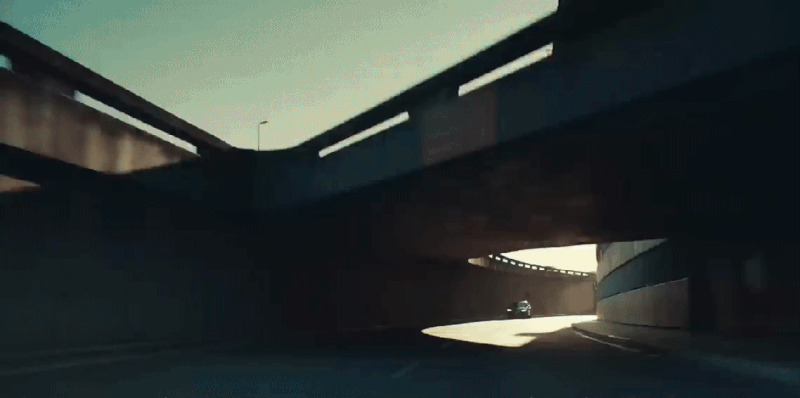
Luxury has never been synonymous with Volkswagen, even for its most expensive models in Vietnam, like the Touareg. The Tiguan’s exterior design exudes simple elegance, a humble German gentleman. It isn’t flashy or captivating, yet it’s hard to appear outdated even after ten years. The Tiguan, a seven-seater SUV, is as long as a BMW X3 but slightly cheaper than an X1. This small difference elevates the Tiguan above models like the Honda CR-V, Mitsubishi Outlander, Subaru Forester, Hyundai Tucson, and Kia Sportage—showing the clear distinction of German engineering.
In terms of design, the Tiguan doesn’t elicit a wow factor. The more you look at it, the more you feel a sense of safety and familiarity, much like the dependable driving experience of German vehicles. If you want the “wow” factor, open the doors of a BYD Atto3, or Omoda C5, or any billion-VND Chinese car, and you’ll experience two more rounds of amazement.
